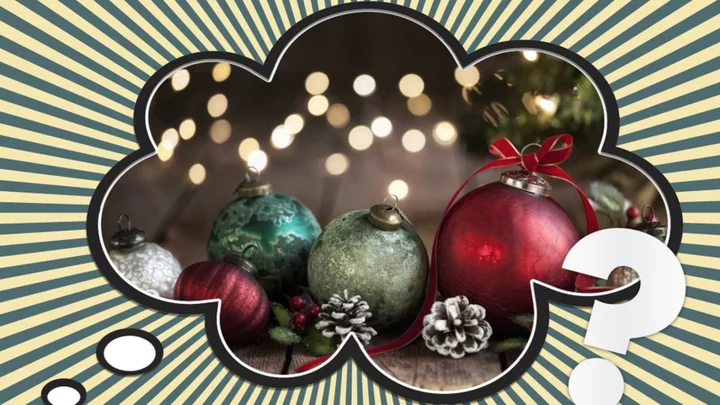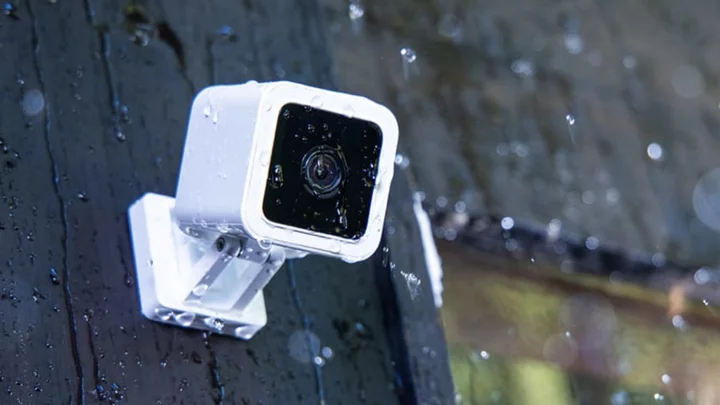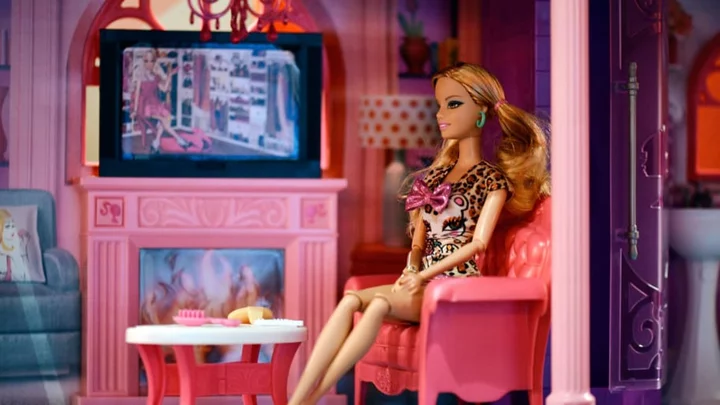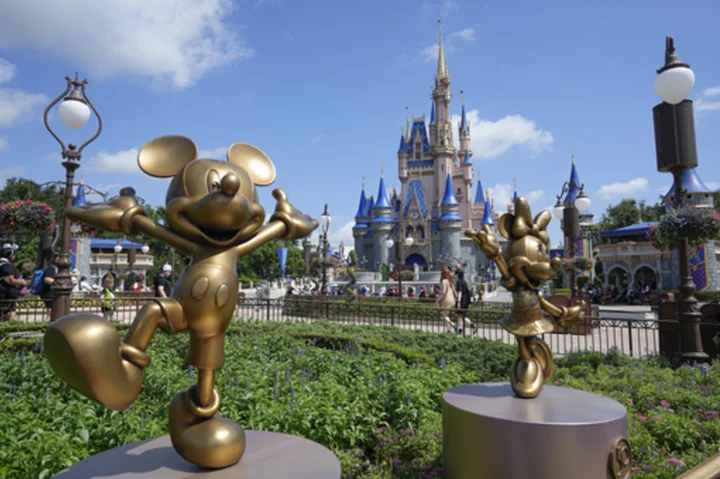As the last Thanksgiving leftover is consumed and the calendar flips to December, the unmistakable red-and-green flood of the Christmas season comes into view. The two colors fill malls and living rooms around the world, and adorn nearly every decoration, strand of lights, and ugly sweater on store shelves. The Christmas season is inextricably connected to this color combination—but why?
Look around the internet for why red and green are classic Christmas colors and one suspect immediately pops up: Coca-Cola.
The legend goes that when the soft drink icon was advertising around the holidays in the 1930s, the company produced images of a red-clad Santa alongside a green fir tree. These images were enough to solidify red, green, and Christmas in our shared consciousness.
These stories should be taken with a lump of coal, though. Red and green were Christmas colors well before Coke was being sold as Santa’s favorite beverage. For instance, an 1896 newspaper mentions, “The decoration of the hall was as unique and effective as anything ever attempted. The Christmas colors, red and green, prevailed.”
While there may be no definitive consensus on how this color scheme came to be, there are a few interesting candidates for the official answer.
Candidate 1: Paradise Trees
Probably the most obscure of the hypotheses suggests red and green may go back to “paradise plays,” which were traditional plays performed on Christmas Eve about Adam and Eve’s banishment from the Garden of Eden. The story can’t be recreated without a tree, so surviving stage instructions from one circa-12th-century play say that “divers trees be therein” (and since it was winter, any good-looking tree was probably an evergreen). You also need a fruit to hang from it—say, a red apple or a pomegranate.
It’s widely thought that as paradise plays died out, the tree remained—and turned into the modern Christmas tree. A view exists that the red of the fruit and the green of the tree linked the two colors in popular imagination with the Christmas season.
Paradise plays weren’t the only biblical plays being performed in the medieval period. One of the most famous is the Second Shepherds’ (or Shepherd’s; it’s unclear) Play, which combines a comic farce about sheep-stealing with a nativity story. One of the gifts presented to an infant Christ in the story is a bob of cherries. (Not holly, but cherries.) Some historians argue that this shows an association with red and green and Christmas that dates back centuries.
Candidate 2: Holly
Speaking of holly: It is yet another popular candidate for why green and red have come to represent Christmas. Religious studies professor Bruce David Forbes theorizes that medieval Europeans were looking for something to do during the bleakness of winter. So, why not party?
And that party “would feature evergreens, as signs of life when everything else seems to have died, plus other plants that not only stay green but even bear fruit in the middle of winter, like holly or mistletoe.” (Mistletoe berries are actually white.) These bright reds and greens in the middle of winter may have made them natural (or obvious) candidates for the colors of Christmas.
Candidate 3: Rood Screens
In 2011, Cambridge University’s Spike Bucklow noted, “We ... recognize holly as being a quintessentially Christmas plant. That red and green is in our psyche because of the Victorians, but it was in their psyche because of the medieval paint that we can still see on 15th- and 16th-century rood screens.”
Rood screens were an integral part of Western churches until around the time of the Reformation. Their purpose was to separate the nave (where the congregation sits) from the chancel (around the altar, where the clergy would be) and were intricately carved with local saints, donors, or other figures. And colors.
According to Bucklow, popular combinations of colors were red/green and blue/gold, with one pair of colors being watery (blue or green) and one fiery (gold or red). Bucklow suggests that these colors were part of a representative barrier—separating the more earthly parishioners from the more spiritual altar and sanctuary.
By the Reformation, in England, rood screens had largely fallen out of use. In the years afterward, they were vandalized or ignored as they decayed. Centuries later, according to Bucklow, the Victorians began restoring these rood screens and noticed the red/green color combination. It’s possible that they adapted this red and green color scheme for a different boundary: when one year ended and the next began.
Bucklow even cites a 13th-century collection of Welsh stories to support his argument that a red and green color combination is symbolic of boundaries. He said in a 2011 Cambridge news release: “As one example, the red–green color coding appears in the Mabinogion, a collection of Welsh stories from the 13th century, but almost certainly based on an oral tradition that dates back to the pre-Christian Celts many centuries before. Here, the hero comes to a half-red, half-green tree that marks a boundary.”
Though no one has a concrete explanation for our affinity for red and green around Christmas, it's clear that it's not a recent development. Rather, as Bucklow explains, the association between the holiday and these festive colors could be masking a “profound and long-forgotten other history.”
Have you got a Big Question you'd like us to answer? If so, let us know by emailing us at bigquestions@mentalfloss.com.
A version of this article was originally published in 2019 and has been updated for 2023.
This article was originally published on www.mentalfloss.com as Why Are Red and Green the Colors of Christmas?.









